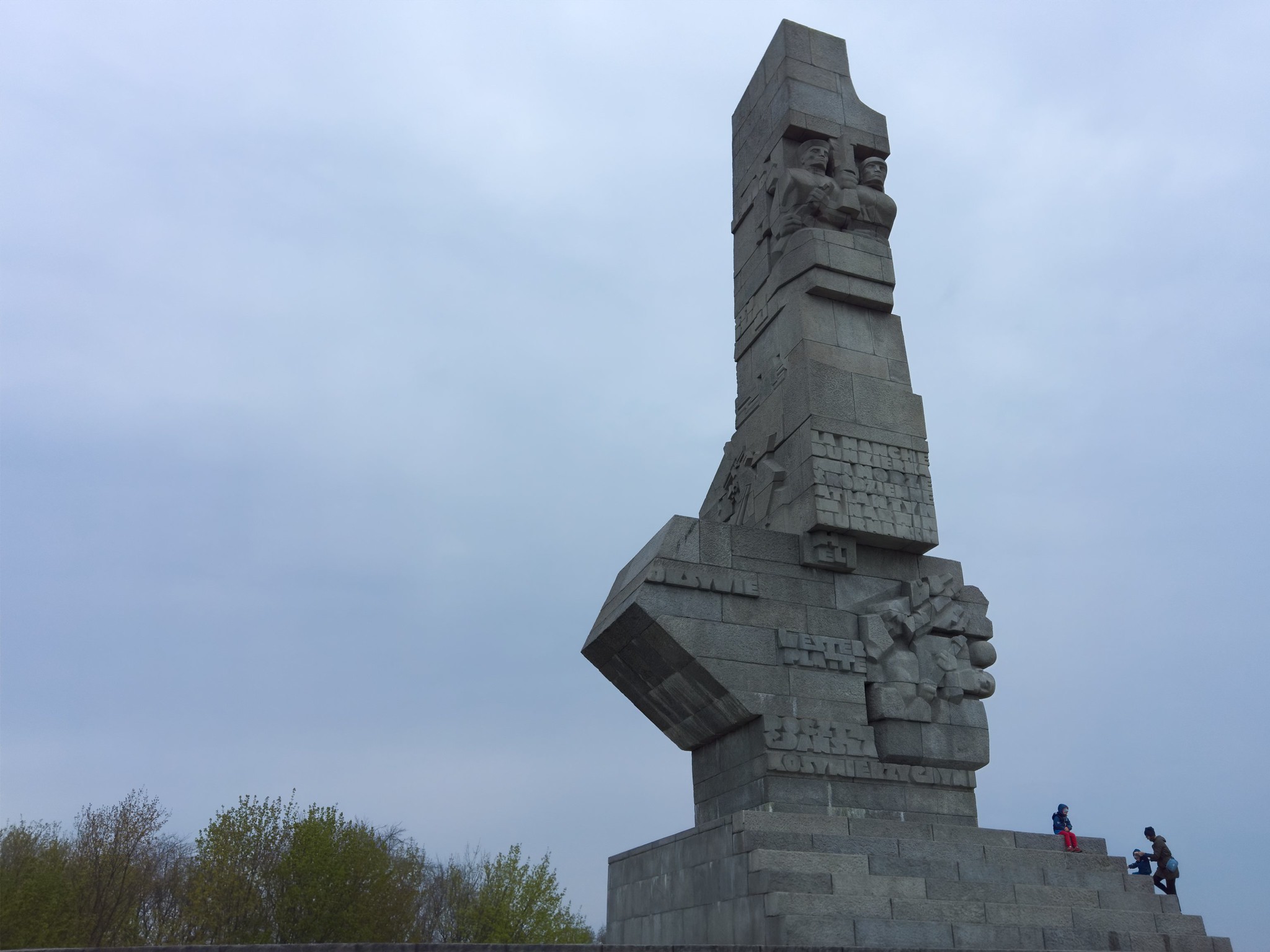Westerplatte is a peninsula located in Gdańsk, Poland, at the mouth of the Dead Vistula River where it enters the Baltic Sea. It gained historical significance during World War II when it became the site of the first battle between Polish and German forces. On September 1, 1939, the German battleship Schleswig-Holstein opened fire on the Polish Military Transit Depot, marking the beginning of the German invasion of Poland and the start of World War II in Europe. Despite being vastly outnumbered, the Polish garrison at Westerplatte held out for seven days against overwhelming German forces, becoming a symbol of Polish resistance and heroism. Today, Westerplatte serves as a memorial site and museum, commemorating the bravery of the Polish defenders and the outbreak of World War II.
When World War II erupted on September 1, 1939, the small Polish military outpost of Westerplatte became the stage for one of the most heroic and symbolic acts of resistance against Nazi Germany. Located at the mouth of the Dead Vistula River in Gdańsk (then known as the Free City of Danzig), this tiny peninsula would witness a week-long battle that would inspire the Polish nation and capture the world’s attention.
As dawn broke on that fateful day, the German battleship Schleswig-Holstein, which had been on a supposed “courtesy visit” to the port, suddenly opened fire on Westerplatte. This surprise attack marked the beginning of World War II and caught the Polish defenders off guard. Despite being vastly outnumbered and outgunned, the Polish garrison, led by Major Henryk Sucharski, stood their ground and prepared for what would become a legendary defense.
The Polish force at Westerplatte consisted of just 182 soldiers and officers, equipped with only one 75 mm field gun, two 37 mm anti-tank guns, and several machine guns. In contrast, the German forces attacking the outpost included over 3,000 troops, supported by naval guns, dive-bombers, and heavy artillery. The odds were overwhelmingly stacked against the Polish defenders, yet they refused to surrender.
Throughout the week-long siege, the Polish soldiers endured relentless bombardment from land, sea, and air. The German forces launched multiple infantry assaults, but each time they were repelled by the determined defenders. The Polish soldiers fought with extraordinary courage and resourcefulness, using every advantage their fortified positions could offer.
As news of the defense spread, Westerplatte became a symbol of Polish resistance and determination. Radio broadcasts from Warsaw reported on the ongoing battle, boosting morale across the country and inspiring other Polish units to continue fighting against the German invasion. The defenders of Westerplatte had unknowingly become national heroes, their struggle embodying the spirit of Polish defiance in the face of overwhelming odds.
Despite their valiant efforts, the situation for the Polish defenders grew increasingly desperate as the days wore on. Supplies were running low, casualties were mounting, and there was no hope of reinforcement or relief. On September 7, after holding out for seven days against an enemy force that outnumbered them by more than 15 to 1, Major Sucharski made the difficult decision to surrender.
When the Polish garrison finally emerged from their battered fortifications, even their German captors were impressed by their bravery and tenacity. In a rare show of respect, the German commander allowed the Polish officers to keep their swords, acknowledging their honorable defense.
The defense of Westerplatte, while ultimately unsuccessful in military terms, achieved something far greater. It became a powerful symbol of Polish resistance and a source of inspiration for those fighting against Nazi occupation throughout the war. The courage and determination displayed by this small group of soldiers in the face of overwhelming odds captured the imagination of people around the world and ensured that their story would be remembered for generations to come.
Today, Westerplatte stands as a memorial to those brave defenders and a reminder of the human capacity for courage and sacrifice in the darkest of times. Visitors to the site can explore the ruins of the fortifications, view exhibits detailing the battle, and pay their respects at the monument erected in honor of the defenders. The legacy of Westerplatte lives on, not just in Poland but in the annals of world history, as a testament to the indomitable spirit of those who stand up against tyranny and oppression.
The Battle of Westerplatte stands as a symbol of Polish resistance and bravery during the early days of World War II. Despite being vastly outnumbered and outgunned, the Polish garrison at Westerplatte held out for seven days against German forces, far exceeding expectations. This heroic defense became a rallying point for Polish morale and inspired continued resistance throughout the war. Today, Westerplatte remains a significant historical site and memorial, serving as a reminder of the sacrifices made by Polish soldiers and the importance of standing firm in the face of aggression. The battle’s legacy continues to influence Polish national identity and commemorations of World War II.

